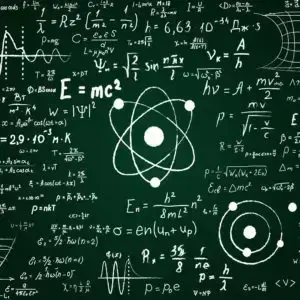Engineers at NASA say they have successfully revived thrusters aboard Voyager 1, the farthest spacecraft from our planet, in the nick of time before a planned communications blackout.
A side effect of upgrades to an Earth-based antenna that sends commands to Voyager 1 and its twin, Voyager 2, the communications pause could have occurred when the probe faced a critical issue — thruster failure — leaving the space agency without a way to save the historic mission. The new fix to the vehicle’s original roll thrusters, out of action since 2004, could help keep the veteran spacecraft operating until it’s able to contact home again next year.
Voyager 1, launched in September 1977, uses more than one set of thrusters to function properly. Primary thrusters carefully orient the spacecraft so it can keep its antenna pointed at Earth. This ensures that the probe can send back data it collects from its unique perspective 15.5 billion miles (25 billion kilometers) away in interstellar space, as well as receive commands sent by the Voyager team.


Cooling isn’t really easier in space unless you can keep it facing away from the sun at all times.
I’ve heard a plan for water tanks that surround the crew & food supply areas would be a decent shield and useful too. But I’m not sure if you’d end to with heavy water in 9 months.
Robots would need to go to mars in advance and build reliable shielding for them to live in as well.
The energy requirements for keeping a magnet out of the sun at all times, is probably considerably less than powering a conventional electromagnet for the equivalent duration.
We’ve already achieved this on the extreme end via the new horizons probe, I’m not sure what all the fuss is about.